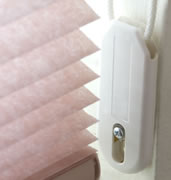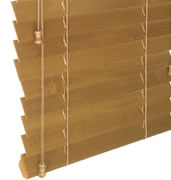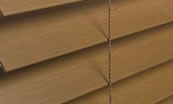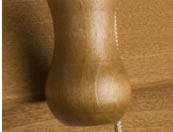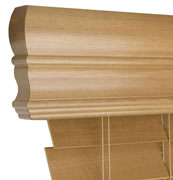Arch Window

Arched windows are typically in the shape of a half-circle and often placed for decoration over a door or another window where they allow for additional light into a room. There are two ways to cover your arched windows:
- Wood blinds and honeycomb/cellular shades can be custom fitted to the exact measurements of your arched window for an inside mount. Simply send us a cutout template of your window and we’ll make a window covering that’s a perfect fit.
- All of the window treatments at Select Blinds Canada can be used as a covering for your arched window, based on an outside mount configuration. Please ensure you add at least 2” onto the width on each side of the widest points, and at least 2” in length at the center of the window, so that the custom blind or shade fully covers the arched window.





